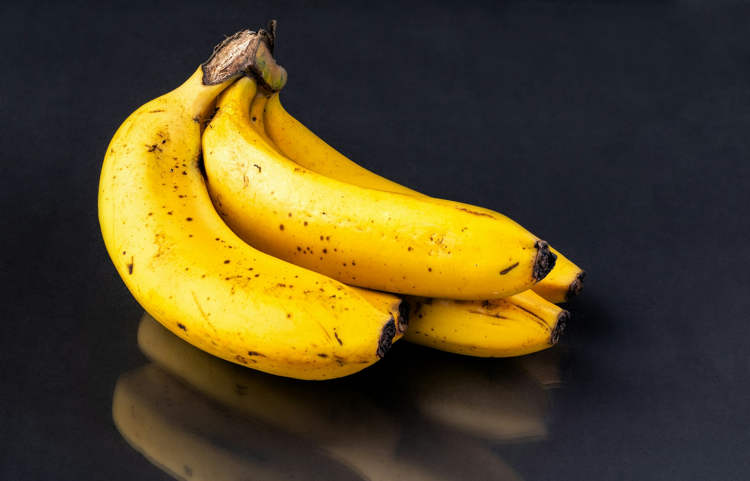While most rosaries these days consist of glass or wooden prayer beads, there was a time when wealthy Europeans used ‘prayer nuts’ – minutely detailed, small-scaled boxwood carvings. Each nut was a masterpiece in itself, decorated on the interior and exterior with intricate carvings representing Biblical stories.
The delicate wooden orbs were designed to be worn on a rosary, or on a belt by members of the nobility or wealthy merchant classes in northern Europe. At times, fragrant substances may have been inserted into the orbs, so that the nuts may have served as pomanders as well.
Recent studies suggest that prayer nuts of the early 16th century were reduced to such a small scale that they might have become impractical to use. The religious significance might have faded away, and these nuts may have later been made just to be studied and marveled at, as private collectors’ items.
Boxwood prayer nuts from the Netherlands can be found today in some of the world’s leading museums – the Metropolitan Museum of Art, the Louvre, and the British Museum. A North Netherlandish orb dating back to the first quarter of the 16th century, recently cataloged by the auction house Sotheby’s, was sold at 133,250 GBP (over $185,000).
According to the auction house website, the exterior was decorated with “a regular network of drop-shaped recesses with quatrefoil piercings and a band of twisted branches that resemble a crown of thorns.” When opened, “two intricate concave reliefs representing Christ on the road to Calvary and the Crucifixion are revealed. The two scenes, each less than 4 centimeters in diameter include no less than 27 men, 10 horses, 5 women, a bishop, a little boy, a castle and a camel.”
Another such Netherlandish orb, featured on the website of the British Museum, dates back to 1500-30 AD. “This spherical bead is carved on the outside with Gothic architectural detail,” the website explains, while the interiors are carved variously with scenes from the Old Testament and the New Testament. The upper half is fitted with two doors, carved on both the inner and outer panels, which open to reveal the Crucifixion, crowded with minuscule figures in high relief. The lower half is fitted with one door, carved on both sides and opening to reveal a complex scene showing the Bearing of the Cross.”
It’s quite astonishing how these complex images could have been represented on a minuscule scale, with such fantastic precision. The craftsmen who created these delicate orbs were obviously highly skilled. They might have worked with the help of a magnifying glass, but without the use of modern instruments, their creations are truly remarkable.
Photos: British Museum, Rijksmuseum
via Visual News















